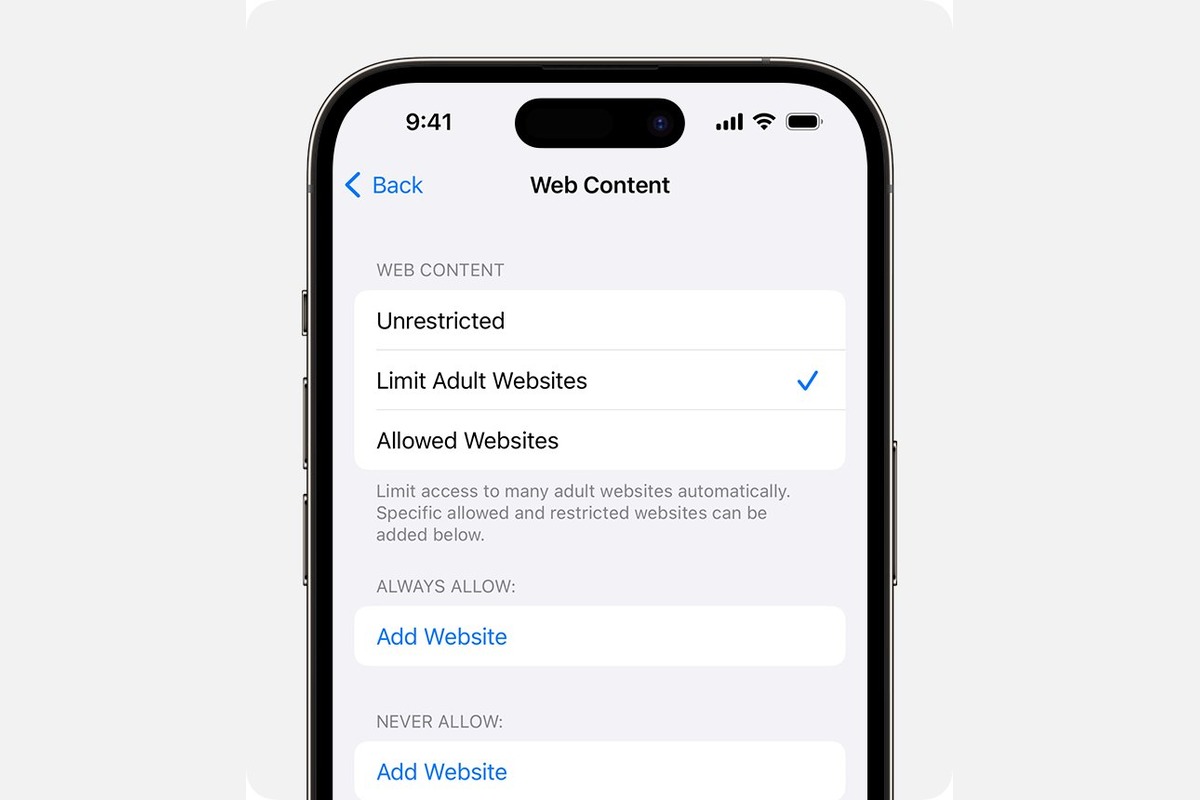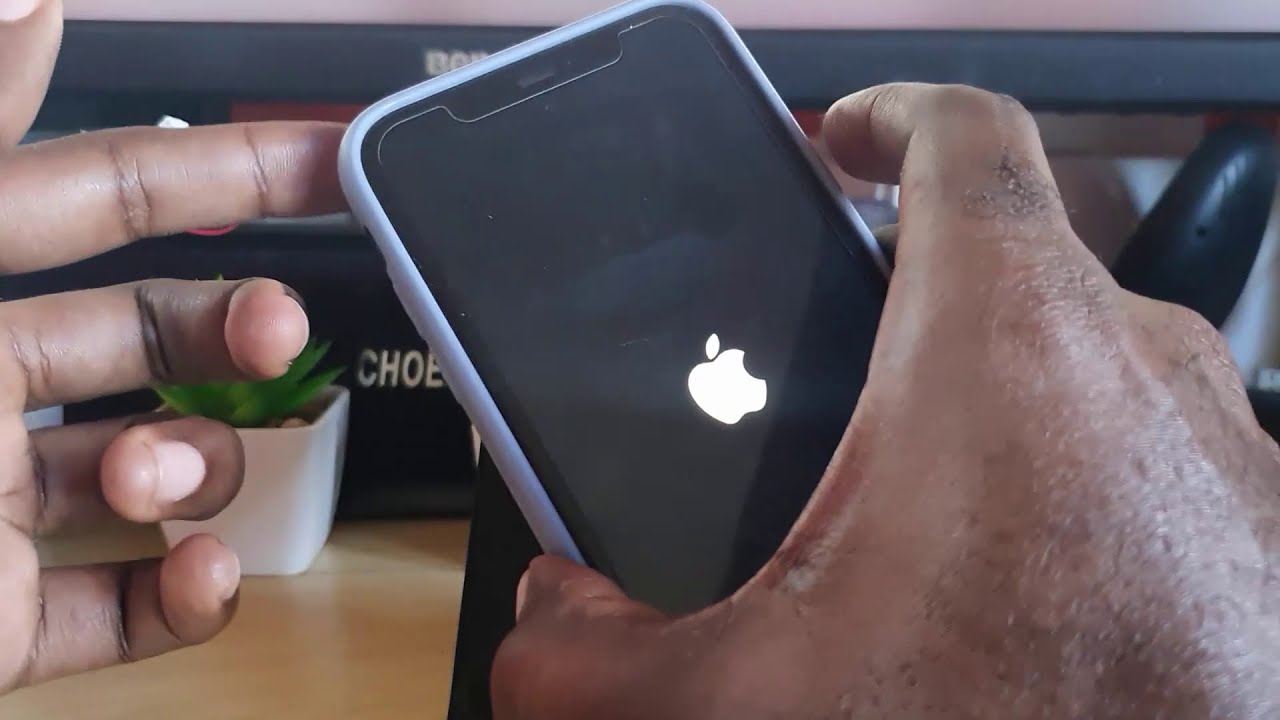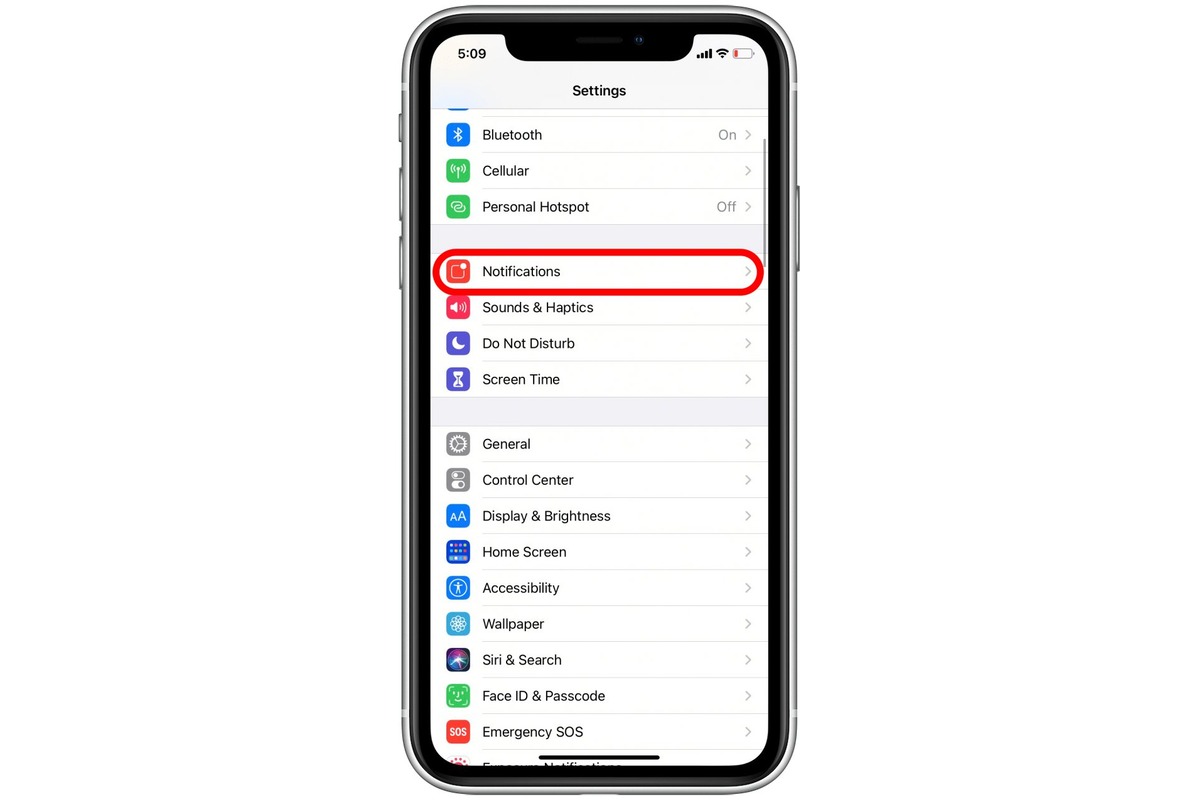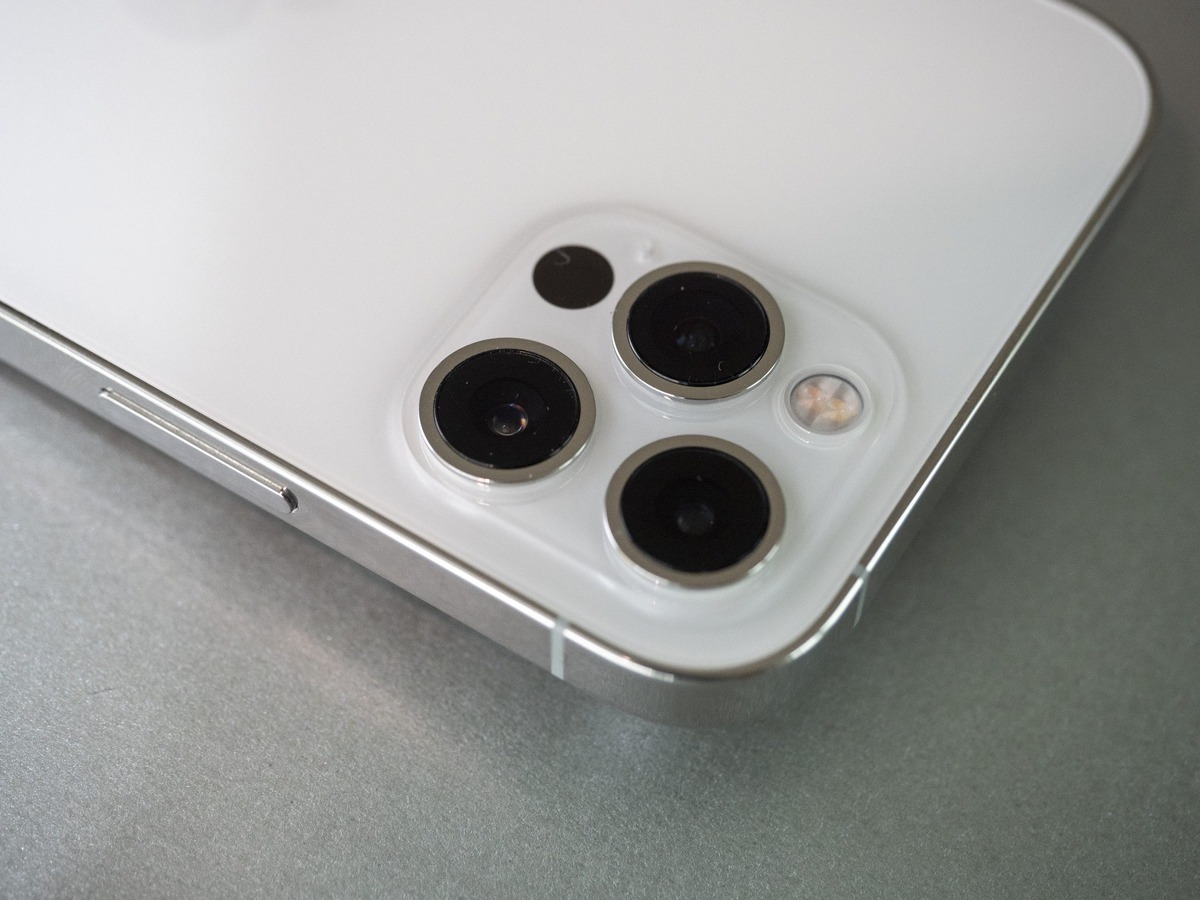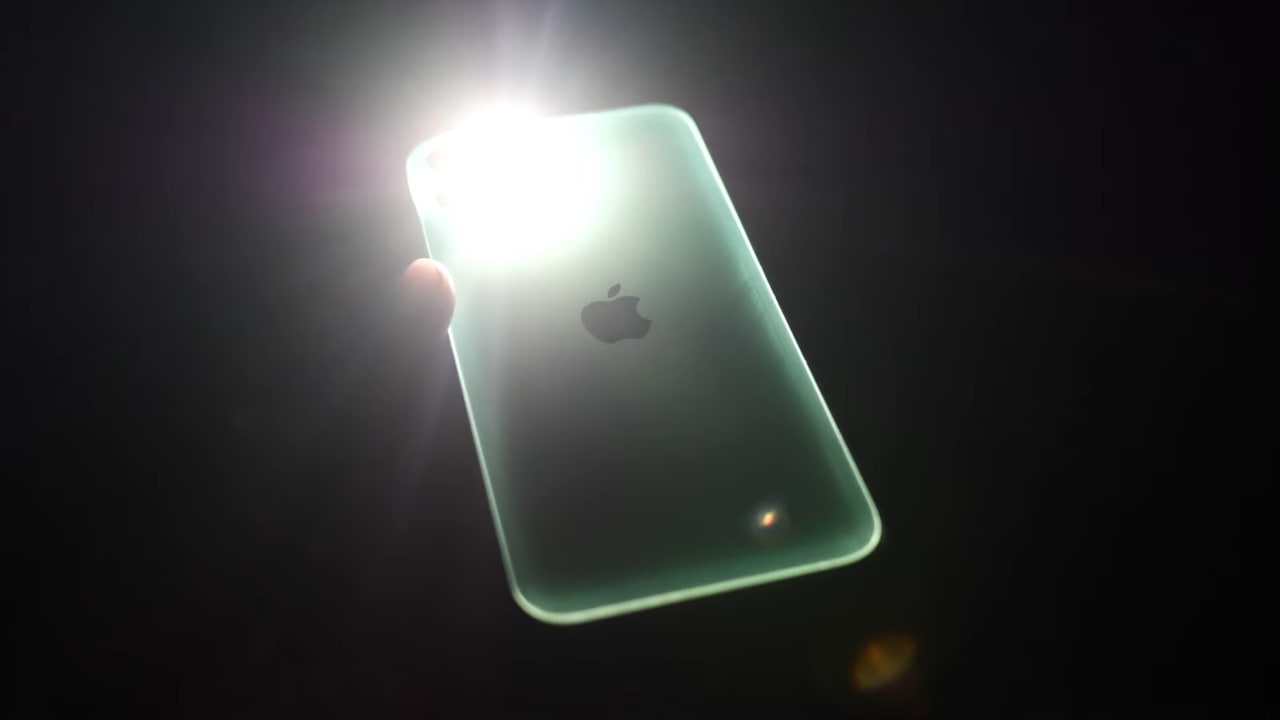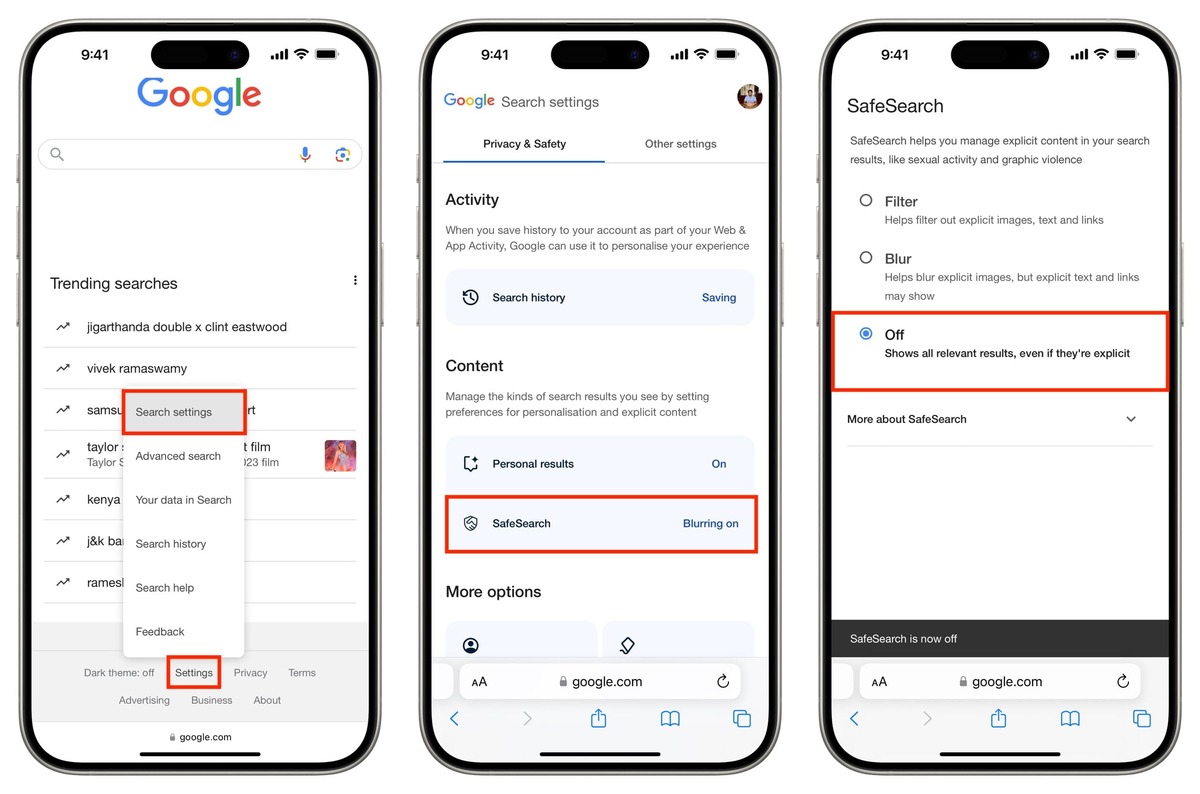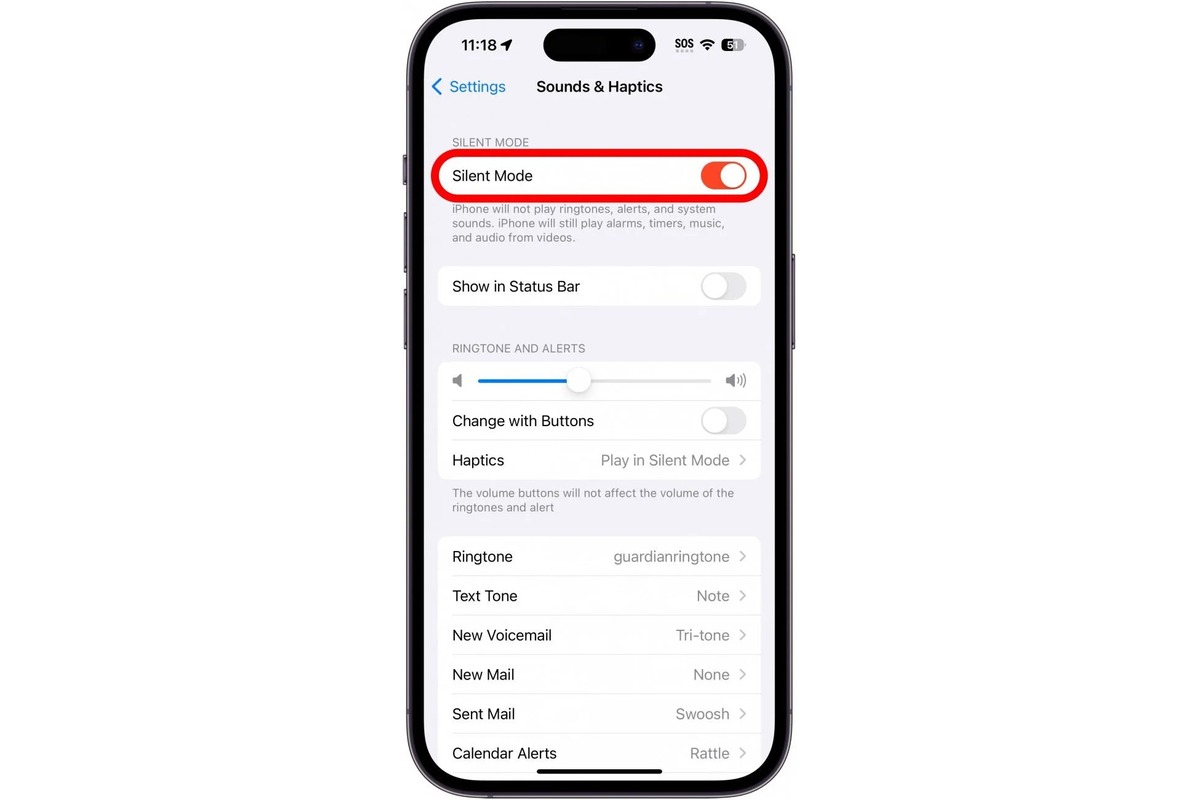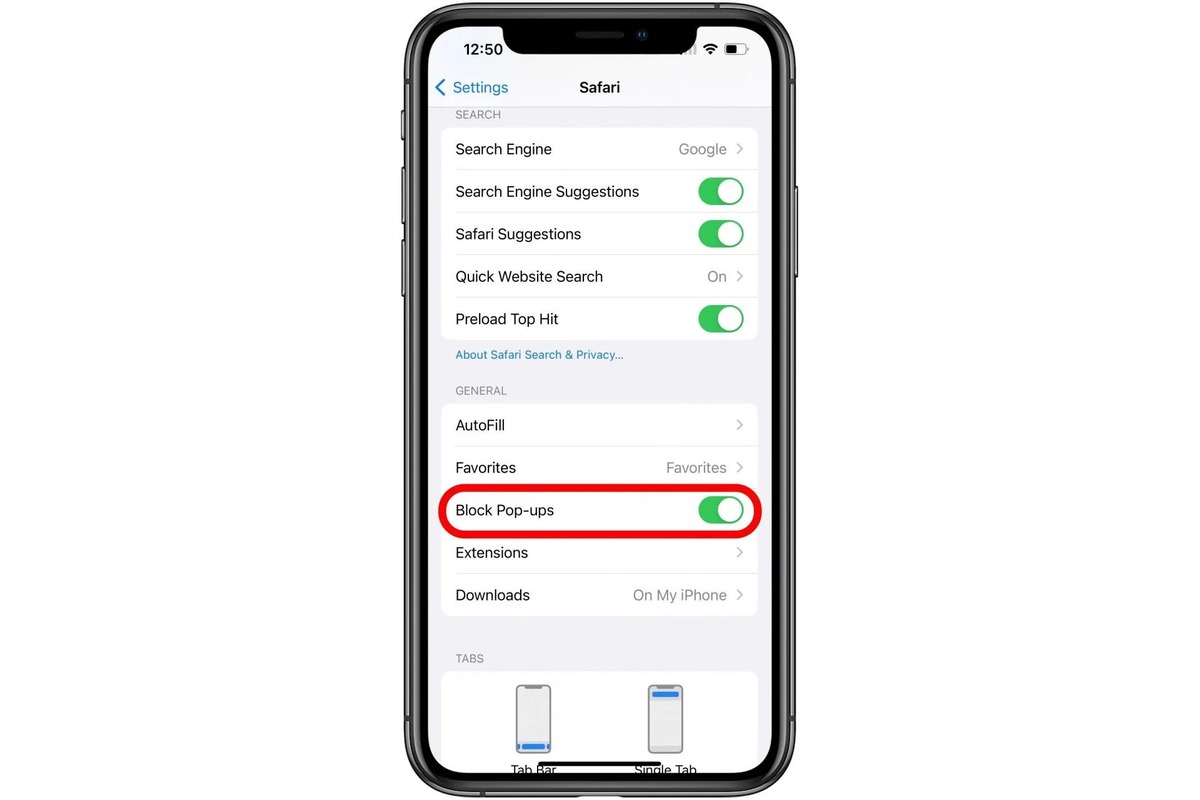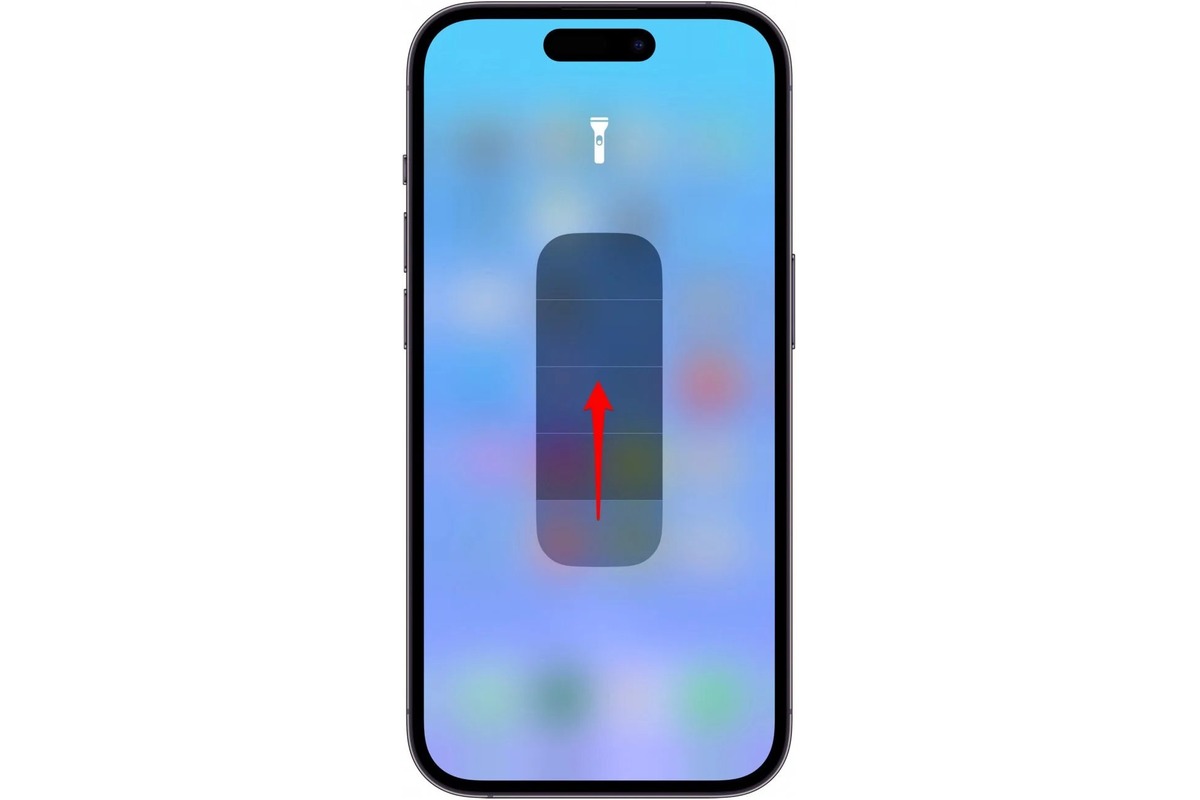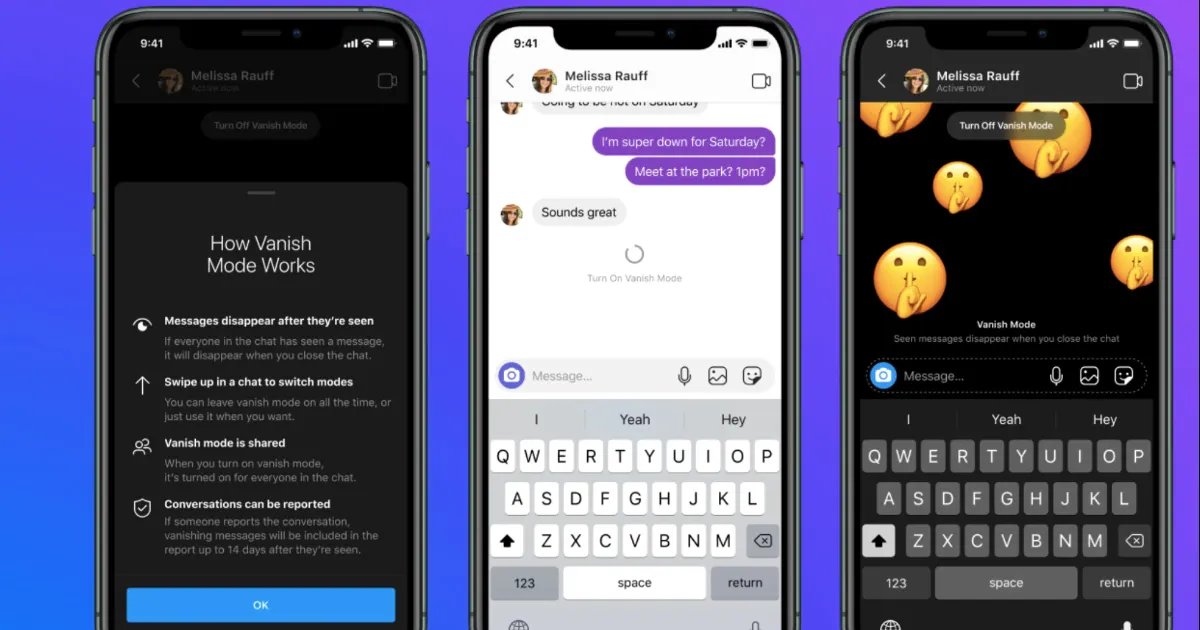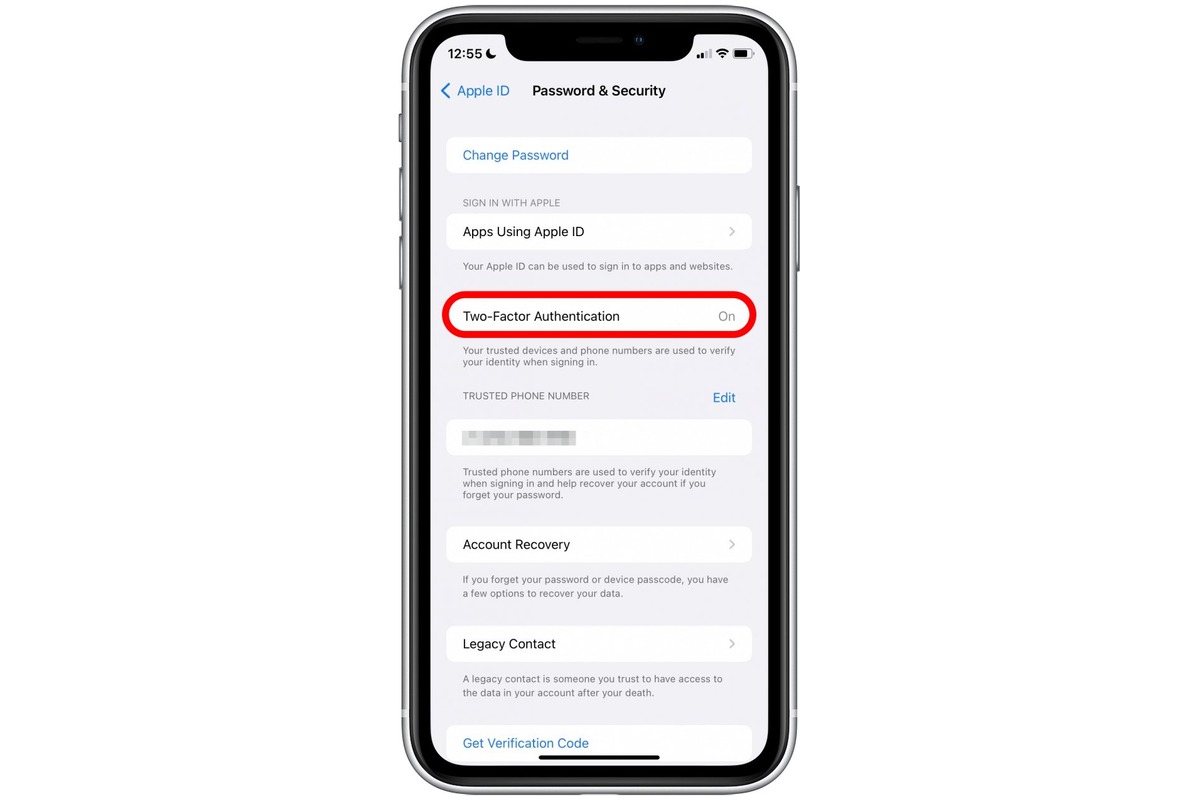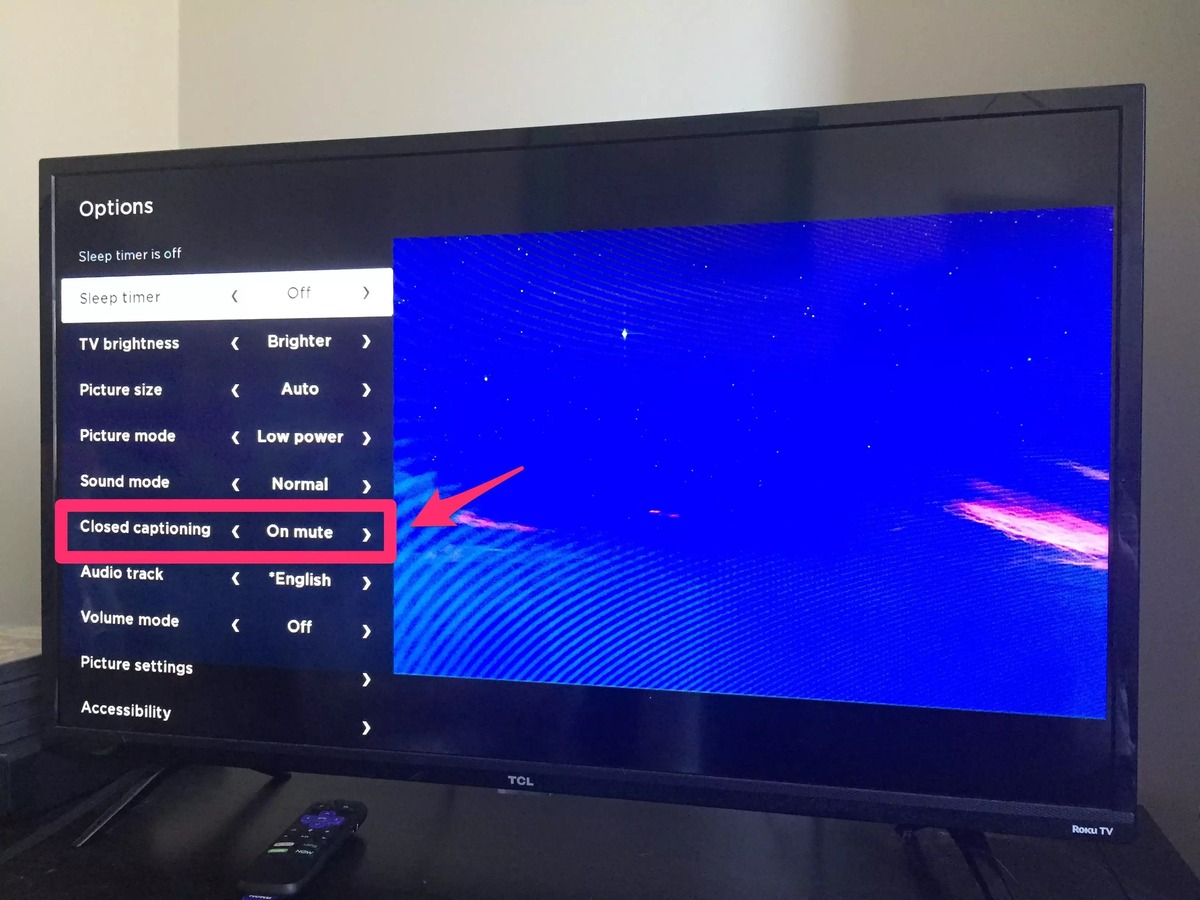Home>Technology and Computers>How To Turn Off Vibration On IPhone
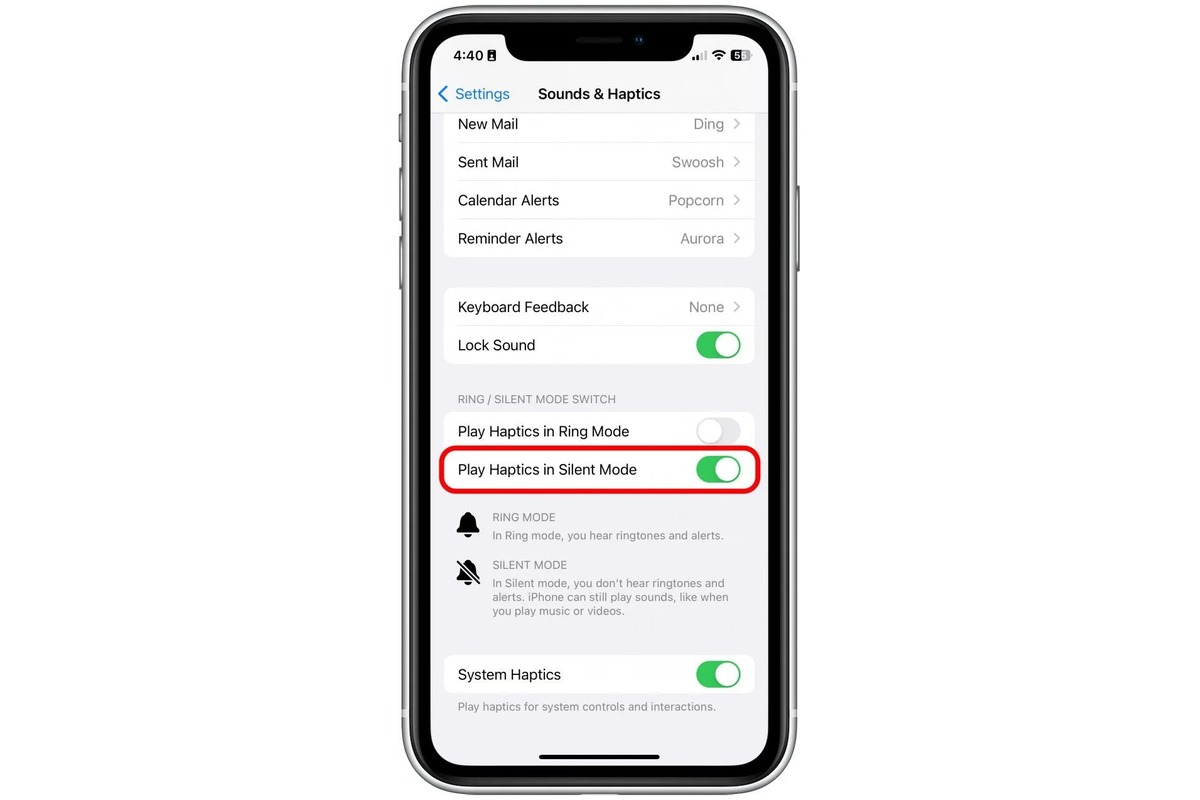

Technology and Computers
How To Turn Off Vibration On IPhone
Published: February 24, 2024
Learn how to disable vibration on your iPhone and improve your user experience. Get step-by-step instructions for turning off vibrations in the settings. Perfect for those interested in technology and computers.
(Many of the links in this article redirect to a specific reviewed product. Your purchase of these products through affiliate links helps to generate commission for Noodls.com, at no extra cost. Learn more)
Table of Contents
Introduction
Vibration alerts on your iPhone can be incredibly useful in notifying you of incoming calls, messages, and app notifications, especially in situations where an audible alert may not be appropriate. However, there are times when you may prefer to silence the vibrations, such as during meetings, in quiet environments, or simply when you find the vibrations disruptive. Fortunately, the iPhone offers several methods to turn off vibration, providing users with the flexibility to customize their device based on their preferences and surroundings.
In this article, we will explore three straightforward methods to disable vibration on your iPhone. Whether you prefer to use the Settings app, the physical Ring/Silent switch, or wish to disable vibrations for specific apps, you will find a solution that suits your needs. By following these methods, you can effectively manage your iPhone's notification settings and tailor them to your lifestyle.
Now, let's delve into the step-by-step instructions for each method, empowering you to take control of your iPhone's vibration settings and create a more personalized user experience. Whether you're seeking a temporary reprieve from vibrations or a more permanent adjustment, these methods will enable you to customize your iPhone's notification behavior to align with your preferences.
Read more: How To Turn Off Focus On IPhone
Method 1: Using the Settings App
If you prefer to manage your iPhone's vibration settings through the device's interface, utilizing the Settings app is a convenient and effective method. By accessing the Settings app, you can easily navigate to the appropriate menu and make the necessary adjustments to disable vibration alerts. Here's a step-by-step guide to help you accomplish this:
-
Access the Settings App: Begin by locating and tapping the "Settings" app on your iPhone's home screen. The app icon features a gear-shaped symbol and is typically found on the first page of apps.
-
Navigate to Sounds & Haptics: Within the Settings app, scroll down and select "Sounds & Haptics." This section allows you to customize various audio and vibration settings on your iPhone.
-
Adjust Vibration Settings: Once you're in the "Sounds & Haptics" menu, you'll find a range of options to customize your device's sound and vibration behavior. To turn off vibration completely, locate the "Vibrate on Ring" and "Vibrate on Silent" options and toggle them off by tapping the switches next to them. This action will disable vibration alerts for incoming calls and notifications, regardless of your device's sound mode.
-
Fine-Tune Other Settings (Optional): If you prefer a more granular approach to managing vibrations, you can explore additional settings within the "Sounds & Haptics" menu. For instance, you can adjust the vibration intensity for incoming calls, text messages, and other notifications by tapping on the corresponding options and selecting your preferred vibration pattern or turning it off entirely.
-
Verify the Changes: After making the desired adjustments, you can exit the Settings app and test the changes by receiving a test call or message. If the vibrations are successfully disabled, you have effectively customized your iPhone's notification behavior using the Settings app.
By following these simple steps, you can easily turn off vibration alerts on your iPhone using the Settings app. This method provides a comprehensive approach to managing your device's notification settings, allowing you to tailor the experience to your preferences with ease and precision. Whether you seek a temporary reprieve from vibrations or a more permanent adjustment, the Settings app offers the flexibility to customize your iPhone's notification behavior according to your needs.
Method 2: Using the Ring/Silent Switch
Another straightforward method to disable vibration alerts on your iPhone involves utilizing the physical Ring/Silent switch located on the side of the device. This method offers a quick and convenient way to silence vibrations without the need to navigate through the Settings app. By simply toggling the Ring/Silent switch, you can effectively mute the vibration alerts and tailor your iPhone's notification behavior to suit your immediate preferences.
Here's a step-by-step guide to using the Ring/Silent switch to turn off vibrations on your iPhone:
-
Locate the Ring/Silent Switch: On the side of your iPhone, typically on the left-hand side above the volume buttons, you'll find the Ring/Silent switch. This small switch allows you to quickly toggle between silent mode (vibration off) and ring mode (vibration on).
-
Toggle the Ring/Silent Switch: To disable vibration alerts, simply slide the Ring/Silent switch towards the back of the device, so that the orange indicator is visible. When the switch is in this position, your iPhone is in silent mode, and all incoming calls, messages, and notifications will only trigger audible alerts without any vibrations.
-
Verify the Silent Mode: Once you've toggled the Ring/Silent switch, you can verify that the vibration alerts are disabled by testing the device with a test call or message. If the iPhone remains silent without any vibrations, you have successfully utilized the Ring/Silent switch to customize your notification settings.
The Ring/Silent switch provides a convenient and intuitive method to quickly silence vibrations on your iPhone, making it ideal for situations where you need to discreetly mute notifications without accessing the device's interface. Whether you're in a meeting, attending a lecture, or simply prefer to minimize disruptions, the Ring/Silent switch offers a seamless way to temporarily disable vibrations and tailor your iPhone's notification behavior to your immediate needs.
By leveraging the physical Ring/Silent switch, you can effortlessly transition between silent and ring modes, providing you with the flexibility to manage your iPhone's notification settings on the go. This method empowers you to customize your device's behavior with a simple flick of the switch, offering a practical solution for controlling vibrations based on your immediate surroundings and preferences.
Method 3: Disabling Vibration in Specific Apps
In addition to managing the overall vibration settings on your iPhone, you may find it beneficial to customize the notification behavior for specific apps. This approach allows you to selectively disable vibrations for individual applications, providing a tailored experience that aligns with your preferences and usage patterns. By fine-tuning the vibration settings for specific apps, you can minimize distractions and ensure that your iPhone notifies you in a manner that suits your needs.
Here's a detailed guide to disabling vibration in specific apps on your iPhone:
-
Access the Settings App: Begin by locating and tapping the "Settings" app on your iPhone's home screen. This will allow you to access the device's settings and customize various options, including app-specific notification settings.
-
Navigate to Notifications: Within the Settings app, scroll down and select "Notifications." This section provides a comprehensive overview of the notification settings for all installed apps on your iPhone.
-
Select the Desired App: From the list of installed apps, choose the specific app for which you wish to disable vibration alerts. Once you've selected the app, you can proceed to customize its notification settings according to your preferences.
-
Adjust Notification Settings: Within the app's notification settings, you'll find options to customize various aspects of its alerts, including sounds, badges, and banners. To disable vibration alerts for this app, locate the "Sounds" or "Alert Style" section and toggle off the "Vibration" option. This action will ensure that the selected app no longer triggers vibration alerts for its notifications.
-
Test the Changes: After making the necessary adjustments, you can exit the Settings app and test the app by triggering a notification. If the app no longer produces vibration alerts, you have successfully disabled vibrations for that specific application.
By following these steps, you can effectively customize the vibration settings for individual apps on your iPhone, tailoring the notification behavior to suit your preferences. Whether you wish to minimize distractions from certain apps or prefer a more discreet notification method for specific activities, this method empowers you to fine-tune the vibration settings according to your usage patterns and preferences.
Customizing the vibration settings for specific apps offers a personalized approach to managing notifications on your iPhone, allowing you to create a tailored experience that aligns with your lifestyle and priorities. Whether you're focusing on productivity, leisure, or specific tasks, this method enables you to optimize your iPhone's notification behavior based on the unique requirements of each app.
Conclusion
In conclusion, managing vibration alerts on your iPhone is a simple yet impactful way to tailor your device's notification behavior to suit your preferences and immediate surroundings. By exploring the three methods outlined in this article, you can effectively customize the vibration settings on your iPhone, empowering you to create a more personalized user experience.
Whether you opt to use the Settings app, leverage the physical Ring/Silent switch, or fine-tune vibration settings for specific apps, each method offers a unique approach to managing your iPhone's notification behavior. The flexibility provided by these methods allows you to seamlessly transition between silent and ring modes, disable vibrations for specific apps, and customize the overall vibration settings with ease and precision.
By utilizing the Settings app, you gain access to a comprehensive interface that enables you to adjust various sound and vibration settings, providing a holistic approach to managing your iPhone's notification behavior. This method is ideal for users who prefer a more granular approach to customizing their device's settings and seek a comprehensive overview of available options.
The physical Ring/Silent switch offers a quick and intuitive method to silence vibrations on your iPhone, making it ideal for situations where you need to discreetly mute notifications without accessing the device's interface. This method provides a seamless way to temporarily disable vibrations, allowing you to effortlessly transition between silent and ring modes based on your immediate needs.
Customizing the vibration settings for specific apps provides a tailored approach to managing notifications on your iPhone, allowing you to minimize distractions and ensure that your device notifies you in a manner that aligns with your usage patterns and preferences. This method empowers you to optimize your iPhone's notification behavior based on the unique requirements of each app, offering a personalized experience that enhances your overall user satisfaction.
In essence, the ability to turn off vibration alerts on your iPhone grants you the flexibility to adapt your device's notification behavior to various scenarios, ensuring that you remain in control of your user experience. Whether you seek a temporary reprieve from vibrations, prefer a more discreet notification method for specific activities, or simply wish to minimize disruptions, these methods enable you to customize your iPhone's notification behavior according to your needs and preferences.

